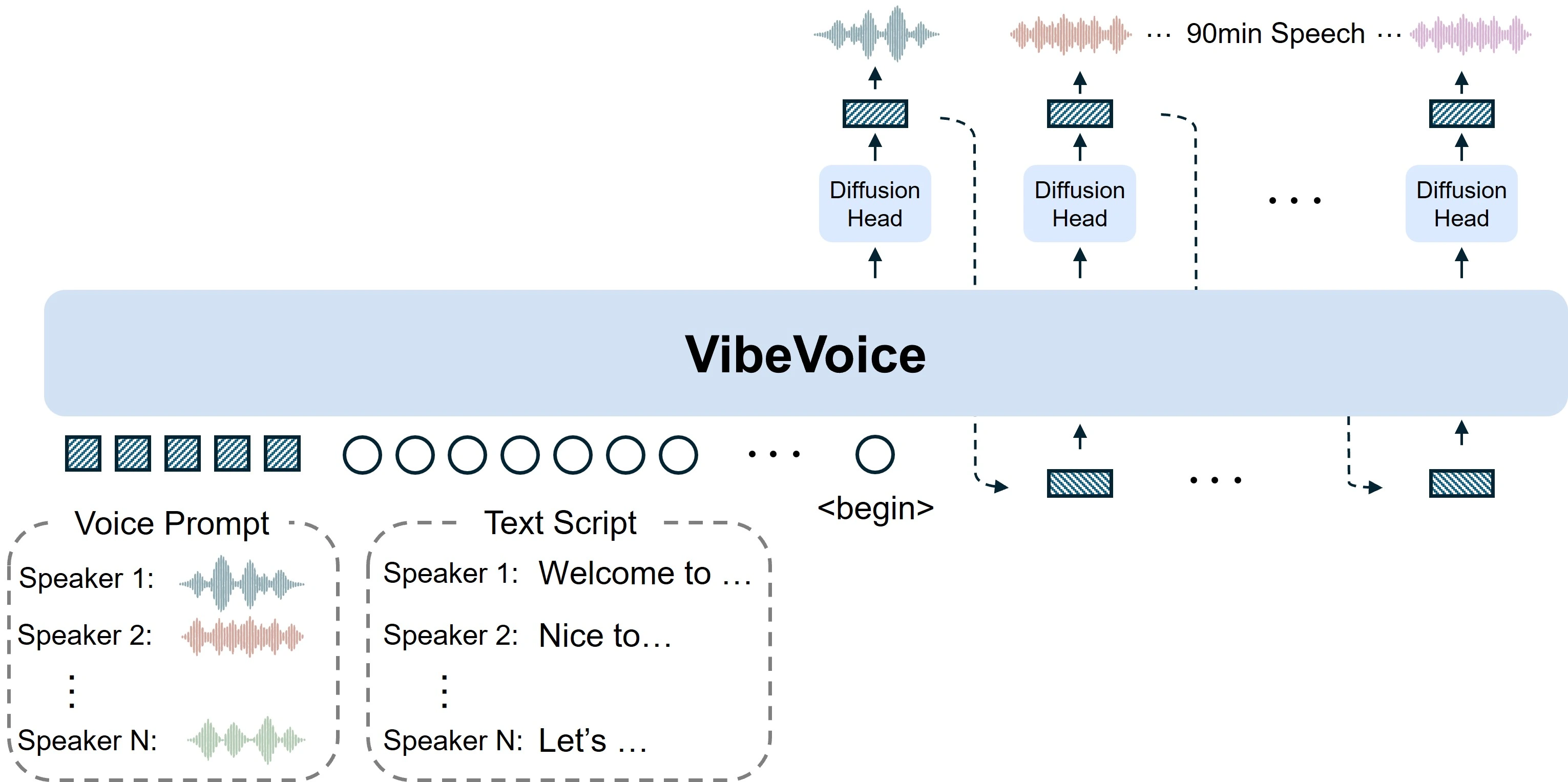How to Use VibeVoice: Step-by-Step Guide for Podcasters
How to Use VibeVoice: Step-by-Step Guide for Podcasters

VibeVoice is a powerful text-to-speech (TTS) model powered by Microsoft. Unlike traditional tools, VibeVoice supports ultra-long generation (up to 90 minutes of continuous speech), and allows you to create multi-speaker conversations with lifelike emotion and dialogue flow. Whether you are producing a podcast, audiobook, or any dialogue-driven content, VibeVoice helps you turn written scripts into engaging audio.
This guide will walk you through how to use VibeVoice effectively.
Step 1: Prepare Your Script
Before using VibeVoice, start with a well-structured text script. A clear script makes it easier for the model to generate natural and coherent audio.
Step 2: Input Your Content
With VibeVoice, you can simply copy and paste your prepared text script directly into the interface. The platform also allows you to add or remove speakers, giving you full control over how the dialogue flows.
When choosing the right version of the model, consider your project needs:
Step 3: Generate and Optimize
Simply click the Generate button, VibeVoice will quickly transform your text into natural-sounding audio.
After generation, review the output carefully:
Step 4: Publish and Apply Flexibly
Once you are satisfied with the final output, you can publish your audio directly as a podcast, audiobook, or other voice-based content. But the possibilities with VibeVoice go far beyond simple publishing:
Important Notes
VibeVoice is the creative partner for podcasters and voice creators, helping you focus on content and ideas while removing the technical pressure of recording. If you’re ready to bring your thoughts to life in a more vivid way, try VibeVoice now and create your custom voice.